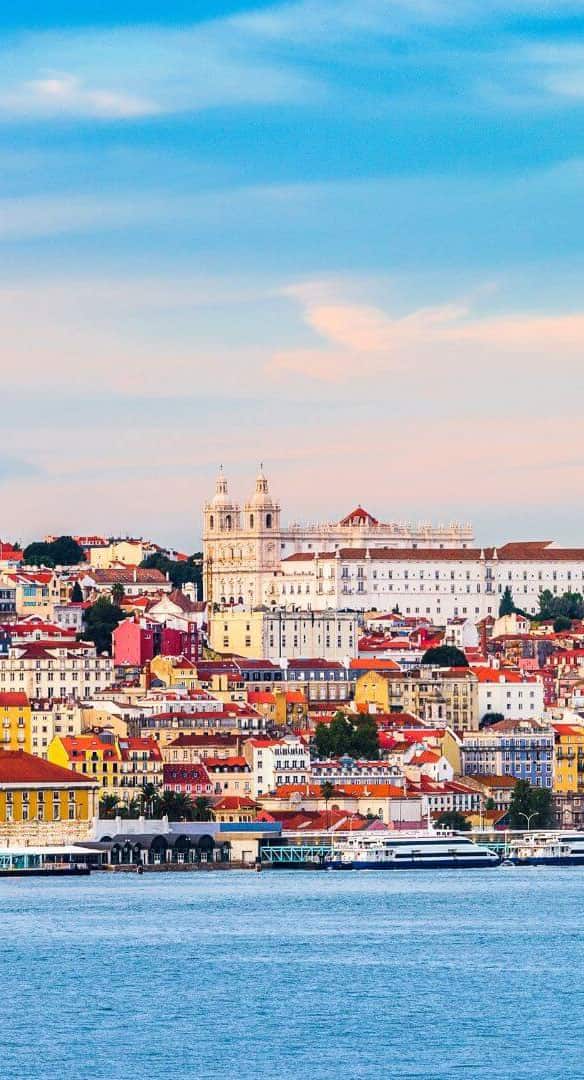Humanising the energy transition
June 3, 2019
When you think about the energy transition, what words jump to your mind? For most people it’s anything to do with new technologies, regulations, policies, new business models and other tangible things. Of course, those aspects are an important part of the energy transition, but that’s not the whole story. This blog is the first of a series that will look at the side of the transition that isn’t often considered but is critical nonetheless: people.
The energy transition is a paradigm shift. A fundamental change in our approach and underlying assumptions to how the energy system should work. It’s a different relationship with energy- from one that is fossil fuel based, to one that aims for zero-carbon emissions.
This, naturally, has been thought up by people, not technologies (although AI might become intelligent enough for such thoughts in the future). It’s also people who are driving the energy transition by creating and adopting the required technologies and deciding on and enacting policies, regulations and laws. Here are some examples of how this has been happening:
In October 2014, the European Council adopted the 2030 climate and energy framework. In it, there are key targets for all of us who live in Europe: To cut greenhouse gas emissions from 1990 levels by 40%, ensure a 32% share for renewable energy and a 32.5% improvement in energy efficiency, all of this by 2030.
Over the past year, governments in China, India, France, Britain and Norway all announced that they are considering bans on diesel cars, and countries such as Ireland, Japan, Korea and Spain have proposed bans on internal combustion engines.
Due to increasing awareness of the energy transition people have begun investing more and more into sustainable energy projects, leading to all time low prices for renewables, decreased interest in internal-combustion engines and growth in electric vehicle investment, estimated currently at USD 90 billion. As well, renewable energy sources are set to represent almost three-quarters of the USD 10.2 trillion that the world will invest in new power generating technology until 2040.
This is all good news, but is the human side of the energy transition ready to take on what comes next? Is there enough diversity on our teams to make sure we are as innovative as possible? Are consumers ready? What is the role of prosumers in all of this? What is the role of citizens?
In the next few months leading up to The Business Booster, we will be uncovering these questions through a series of blogs. The next blog will look at “Humanising the energy transition: Diversity and creativity as sources of innovation” and answer some questions about whether we are skilled enough to tackle the challenges coming our way.
In the meantime, stay up to date with The Business Booster updates by following our #TBB2019 on our social media channels, and don’t forget to register for the event here! (If you’re registering before 31 July, use the code EARLY BIRD to get a 30% reduction on your ticket price!).
Photo credits: First prize winner of the TBB.2018 photo contest. Name of photo: Wind Energy for brighter future. Photographer: Sudip Maiti
